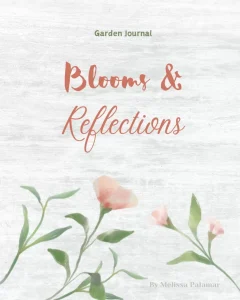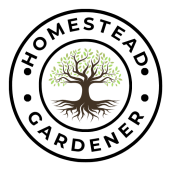
Disclosure: Your Homestead Gardener is a participant in the Amazon Services LLC Associates Program. I earn from qualifying purchases. This means that if you click on a link and make a purchase, I may earn a small commission at no extra cost to you. Thank you for supporting Your Homestead Gardener!
Decoding Herbal Lingo: A Comprehensive Guide To Herbal Preparations
Embarking into the world of herbalism can feel like stepping into a rich tapestry of botanical knowledge. As you explore the vast array of herbal remedies, understanding the language of herbalism becomes essential. From infusions to tinctures, each term signifies a unique method of harnessing the healing powers of plants.
When I first got into herbalism, I found the terms to be confusing. This post is for those just beginning their explorations into the wonderful world of herbal medicines. Let’s unravel the mysteries of herbal lingo and delve into the differences between various herbal preparations.
- Infusion:
An infusion involves steeping plant material, such as leaves or flowers, in hot water to extract their therapeutic properties. This method is commonly used for delicate plant parts like leaves and is synonymous with herbal teas. - Concoction:
A concoction is created by boiling tougher plant materials, such as roots or bark, in water. This process extracts the medicinal constituents through prolonged heat. - Decoction:
Similar to a concoction, a decoction involves simmering tougher plant parts in water. However, the process is more prolonged, ensuring a concentrated extract. This method is often employed for roots, barks, and seeds. - Tincture:
Tinctures are alcohol-based extracts of herbs. The plant material is soaked in alcohol, extracting both water-soluble and alcohol-soluble compounds. Tinctures offer a concentrated and convenient way to consume herbal remedies. - Syrup:
Syrups are sweet, viscous solutions made by dissolving sugar or honey into an herbal infusion or decoction. This not only enhances the flavor but also serves as a preservation method. - Infused Oils:
Infused oils involve steeping plant material in carrier oils, allowing the transfer of the plant’s beneficial properties to the oil. These oils can be used topically or as a base for other herbal preparations. - Essential Oils:
Essential oils are highly concentrated plant extracts obtained through methods like steam distillation. These potent oils capture the essence of the plant and are often used in aromatherapy or diluted for topical applications. - Tonics:
Tonics are herbal preparations designed to invigorate and strengthen the body. They are often taken regularly to promote overall health and well-being. - Poultices:
Poultices involve applying a moistened mass of plant material directly to the skin. This method is used for localized relief, such as reducing inflammation or promoting wound healing. - Ointments:
Ointments are semi-solid preparations that combine herbs with a fatty base, like beeswax or oil. They are applied topically and are useful for skin conditions or muscle discomfort. - Creams:
Similar to ointments, creams are water-based preparations that blend herbs with a moisturizing base. They are easily absorbed by the skin and are often used for skin conditions or cosmetic purposes. - Compress:
A compress involves soaking a cloth in an herbal infusion or decoction and applying it to a specific area of the body. This method is employed for localized relief, such as reducing swelling or soothing sore muscles. - Powders in Pills:
Powders are finely ground plant material that can be encapsulated or compressed into pills for convenient consumption. This method allows for precise dosing and is often used for herbs with a bitter or unpleasant taste.
Understanding these terms opens the door to a deeper appreciation of herbalism, enabling individuals to explore the diverse ways in which plants can contribute to holistic well-being. Whether you’re sipping on an herbal infusion or applying a soothing poultice, the language of herbalism invites you to connect with the age-old wisdom of nature’s pharmacy.

The Only Garden Journal You'll Ever Need!
Embark on a journey through the seasons with ‘Blooms and Reflections‘ your companion in cultivating the garden of your dreams. This beautifully crafted gardening journal unfolds over 91 pages, offering a comprehensive space for all your gardening aspirations and practical needs.



